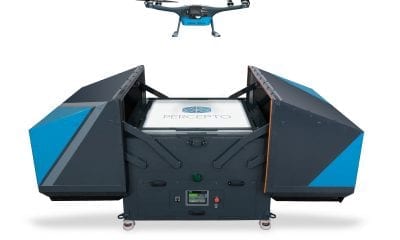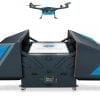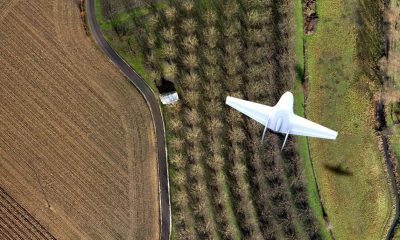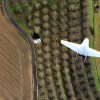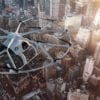News
DelFly Nimble – A Bioinspired Autonomous, Free-Flying, Flapping Robot
Inspired by the flight behaviour of insects and studying it in detail has resulted in a collaborative effort of biologists in the Netherlands to develop DelFly Nimble-a flying drone that mimics how insects fly.
Professor Florian Muijres’ team of researchers from TU Delft Micro Air Vehicle Laboratory (MAVLab) and the experimental Zoology Group, Wageningen University are studying flying insects’ complex wing motion patterns and aerodynamics. By analysing how the drone flies, researchers hope that the flying robot could one day help them understand better how insects are able to pull off fast, agile manoeuvres. The research titled, “A tailless aerial robotic flapper reveals that flies use torque coupling in rapid banked turns,” is reported in the journal Science.
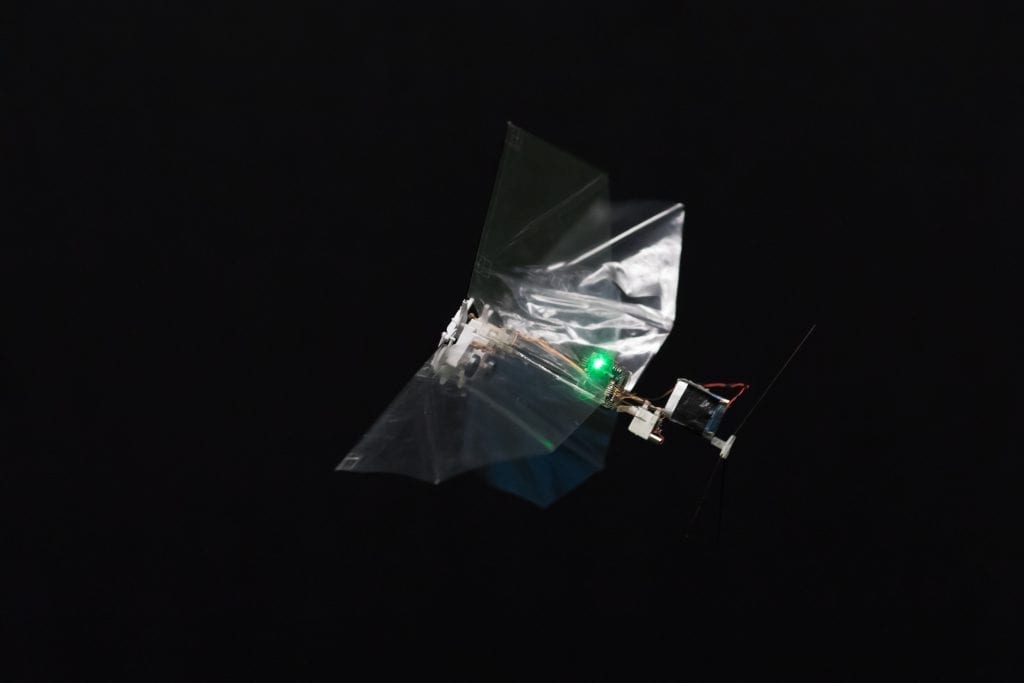
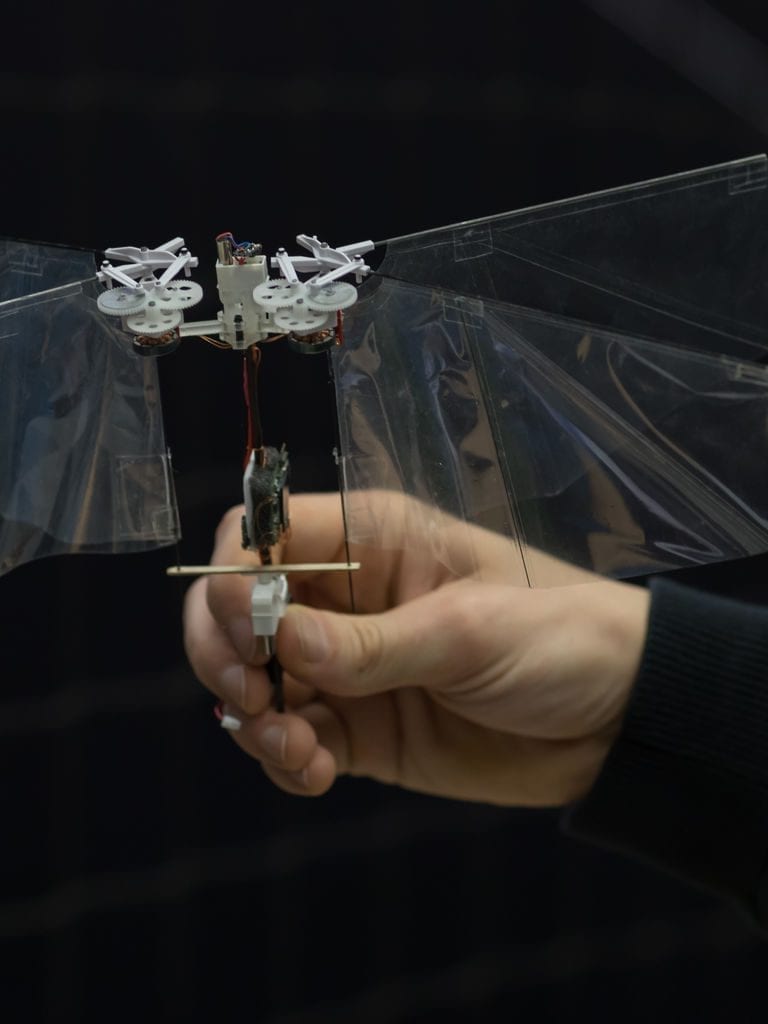
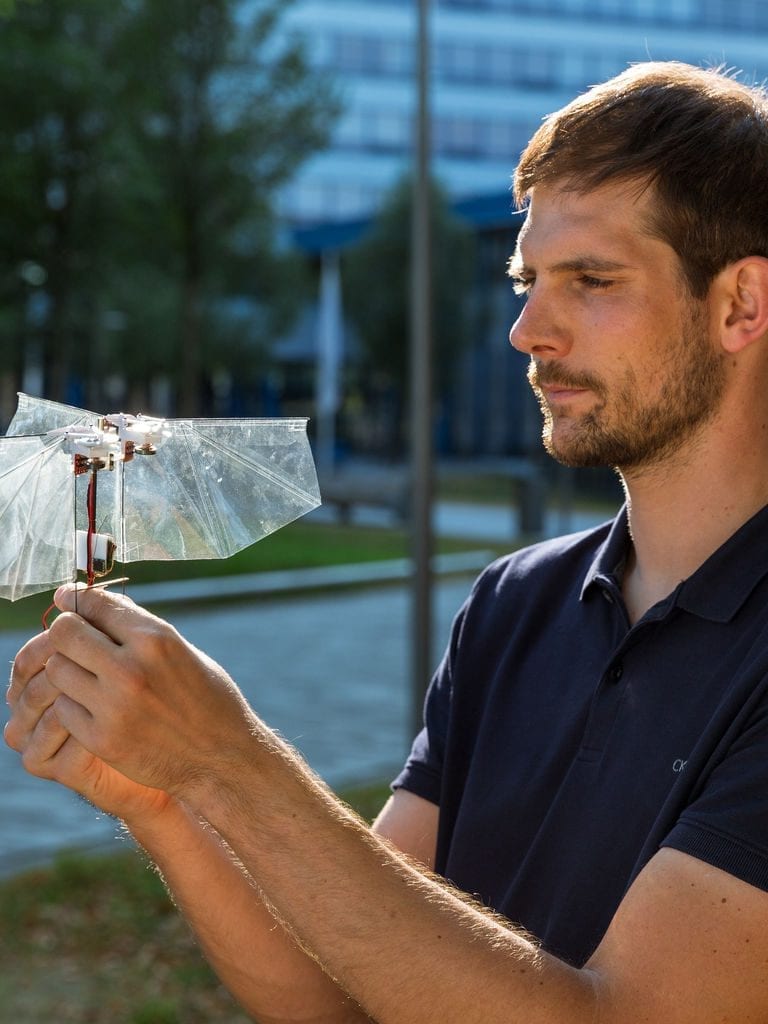
DelFly Nimble and more such could well pave the way for radically different drones. DelFly’s designer Matej Karasek, a researcher at Delft University of Technology revealed the physical attributes and capacity of his drone to the telegraph news saying that his creation weighs merely 29 grams has a 33 centimetre wingspan and can fly for about five minutes. Its two pairs of wings operate independently beating 17 times per-second and the drone has the capacity to carry an additional payload of up to four grams – which could be a camera system or additional sensors.
“There are two tiny motors and each of them operates one wing pair,” he says, “so, I can flap the right-wing pair and left-wing pair independently and flapping these wings together, this is what provides the lift force so that the robot can fly.”
Intended to mimic the complex patterns of flying insects, DelFly has a characteristic flapping wing motion and can perform manoeuvres like 360-degree flips, loops and barrel rolls.
Biologists at the Netherlands’ Wageningen University hope to learn more about the sensory and neuro-motor systems of insects in the development of DelFly Nimble. “We pretty well understand that actually the manoeuvre dynamics that these animals make when they avoid, for example, danger, but we don’t know what’s going on in the head of the animal, in the neural control system. And using this robot, we can actually test that,” says Muijres.
Professor Guido de Croon the scientific lead at the Micro Air Vehicle Laboratory has been developing insect-inspired drones for over a decade now. He believes these tiny insect-like drones have the potential for novel applications. “It’s so lightweight and safe that it would be really good to have this flying in an environment even around people or above people,” says De Croon. “So, for example, we think of applications like in greenhouses, where it can look at the plants and see if it needs more water or, for example, some minerals or something, but it can also fly in warehouses to keep track of the stock.”

Researchers hope that in the long term their work could also lead to the development of lightweight, power-efficient flying robots which might even be scalable to insect size. This could result in reduction of human effort in tasks like stock checking and monitoring due to the enhanced capability of insect drones.




